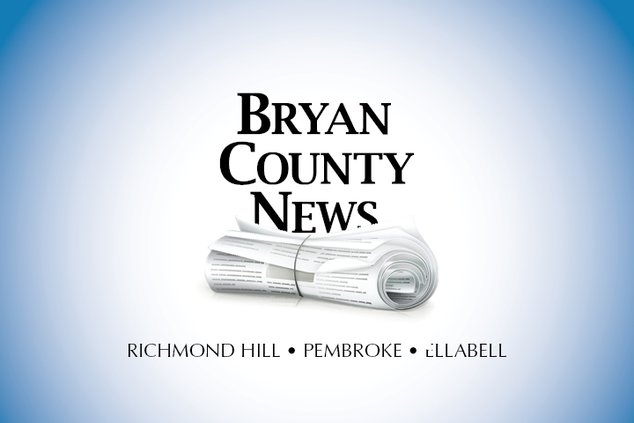Online: National Museum of African American History and Culture: http://www.nmaahc.si.edu
WASHINGTON — Frederick Douglass was black and that was enough for the Smithsonian Institution to bar the famed abolitionist from speaking at a lecture series intended to convince President Abraham Lincoln that he should end slavery as war divided the nation in February 1862.
A century and a half later, the country's first black president helped break ground on a National Mall museum meant to give voice to the African-American experience long ignored by the chief repository of U.S. history and heritage.
The 19th Smithsonian museum, set to open in 2015, will rise on ground where "lives were once traded, where hundreds of thousands once marched for jobs and for freedom," President Barack Obama said. "It was here that the pillars of democracy were built often by black hands."
The Smithsonian's silencing of Douglass, who had escaped from slavery and rose to national prominence, was just one example of the museum's long neglect of black culture and contributions.
"Well into the 20th century, curators purposefully excluded African-American history," said Richard Kurin, the undersecretary for history, art and culture at the museum complex.
Obama said the National Museum of African American History and Culture would ensure that the sometimes difficult, often inspirational role that blacks have played will not be forgotten.
The museum, a seven-level structure with much of its exhibit space below ground, will rise between the Washington Monument and the National Museum of American History. A bronze-coated "corona," a crown that rises as an inverse pyramid, will be its most distinctive feature. Organizers said the bronze plates are inspired by African-American metalwork from New Orleans and Charleston, S.C., and that the design evokes African roots.
The museum will showcase Harriet Tubman's shawl, a Jim Crow-era segregated railroad car and Emmett Till's casket, as well as galleries devoted to military, sports and entertainment history.
"We will have stories that will make you smile and stories that will make you cry," the museum's director, Lonnie Bunch , told The Associated Press.
Congress has pledged to provide half the $500 million cost. The museum already has a gallery at the Smithsonian's American history museum with rotating exhibits to showcase its new collection and test different approaches with visitors.
The newest exhibit explores Thomas Jefferson's ownership of slaves and his advocacy against slavery, while also looking at the lives of six slave families who lived on his Monticello plantation in Virginia.
Such stories have been missing from the National Mall, and Bunch said that by presenting a fuller view of history and dealing directly with difficult issues such as race, the Smithsonian can present a fuller view of what it means to be an American.
"What this museum can do is if we tell the unvarnished truth in a way that's engaging and not preachy, what I think will happen is that by illuminating all the dark corners of the American experience, we will help people find reconciliation and healing," he said.
Curators estimate that 15,000 to 20,000 artifacts are in hand. Bunch estimates they will need about 35,000 to choose from to create permanent galleries.
The groundbreaking also marks the start of a public fundraising campaign to build the museum. About $100 million has been raised to date in private funds. This includes $5 million gifts from Wal-Mart, American Express, Boeing, Target and UnitedHealth Group. The Bill and Melinda Gates Foundation and the Lilly Endowment each gave $10 million in recent years.
Earlier museums have focused on the Holocaust and to Native American history, and there is legislation to create a Smithsonian American Latino Museum.
Civil rights veteran Rep. John Lewis of Georgia introduced legislation for many years to create a black history museum.
"We must tell the story, the whole story," Lewis said, "a 400-year story of African Americans' contributions to this nation's history from slavery to the present — without anger or apology."



